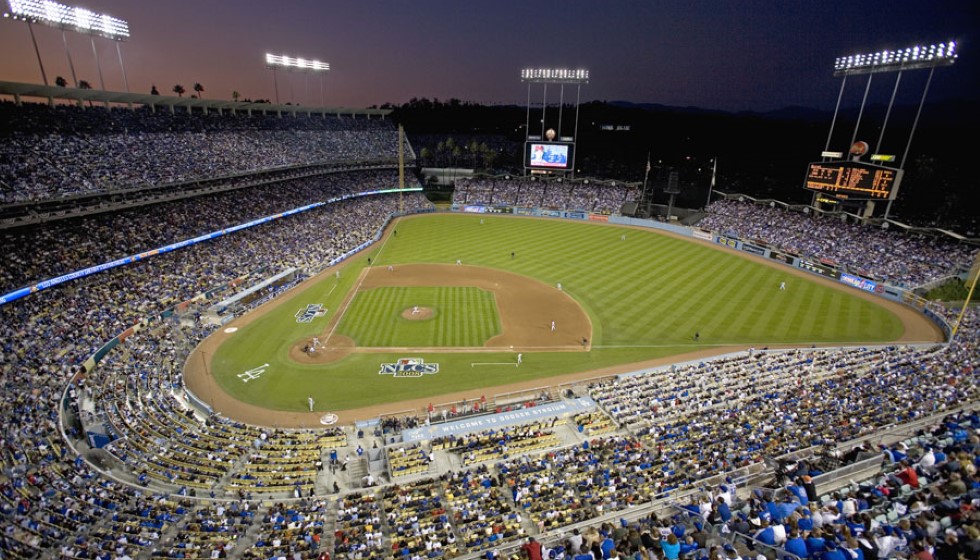
Baseball Embraces the Future: Automated Strike Zone on the Horizon
In recent discussions and interviews, Major League Baseball (MLB) commissioner Rob Manfred has been transparent about the league's plans to integrate the Automated Ball-Strike (ABS) system. This advanced technology is set to transform how the game is played and officiated, promising an unprecedented level of accuracy and fairness.
During a press conference in May, Manfred hinted at the eventual adoption of the ABS system, often referred to simply as ABS. "We have made material progress; the technology is good to 100th of an inch; the technology in terms of the path of the ball is pluperfect," he noted. This precision could significantly improve the consistency of strike and ball calls, a longstanding point of contention among players, coaches, and fans alike.
The proposed challenge system accompanying ABS allows each team to appeal a limited number of pitches per game. These challenges are capped at three per game, ensuring that the flow of the game remains largely uninterrupted while still offering a safety net against potential human error.
ABS has already been tested at certain minor league levels, including Triple-A, where it has had a notable impact. In the initial phases, the implementation led to an increase in both strikeout and walk rates. However, over time, and with the fine-tuning of the strike zone, these rates eventually stabilized, demonstrating the system's potential for adaptation and improvement in real-game conditions.
Looking at international ballclubs, the Korea Baseball Organization (KBO) offers a successful case study. The KBO implemented ABS this season, and the results have been significant. Notably, the league's On-base Plus Slugging (OPS) jumped from .712 last year to .766 this season following the introduction of ABS. This increase in OPS suggests that the system could enhance offensive statistics, possibly providing more exciting games for fans.
Manfred has emphasized the importance of careful, deliberate implementation: "One thing we learned with the changes last year is, a little more time is better than not enough time. Just in terms of making sure when you bring something to the big leagues, you've got to make sure you got it right." This sentiment highlights the league’s commitment to thorough testing and refinement before full-scale adoption at the Major League level.
ABS is slated to undergo rigorous testing during spring training sessions before its potential Major League debut. The trial phase could begin as early as 2025, giving the league ample time for evaluation and adjustment based on player experiences and feedback. This iterative process has already gained support; many current major league players have experienced ABS during their minor league stints or rehabilitation assignments, familiarizing them with the technology.
The players' perspective hasn't been overlooked in this transition. Manfred has been actively engaging with player feedback to shape the rollout of the ABS system. He explained, "We have listened – me, in particular, and I've carried a lot of this water with the owners – to player input on how they want to see it rolled out. Our focus, obviously, the second half of this year is on the challenge system, and that is almost 100% based on player feedback." This approach underscores a collaborative effort to ensure the system meets the needs and expectations of those on the field.
The upcoming integration of ABS into MLB signifies a move towards harnessing technology to enhance the accuracy and enjoyability of the game. With successful trials already seen in minor league play and international leagues, the foundation appears robust. As the system undergoes further testing and fine-tuning, there is cautious optimism that ABS will bring about a new era of precision and fairness in baseball.